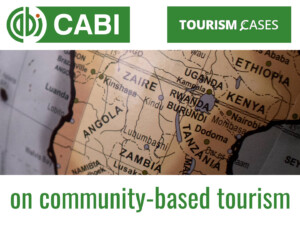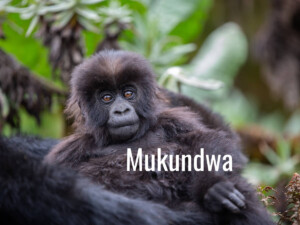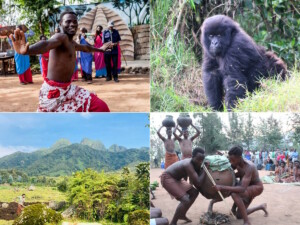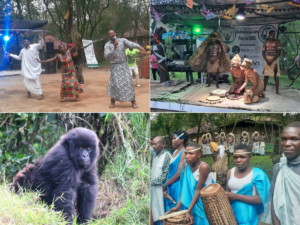Oman ecotourism an investment target
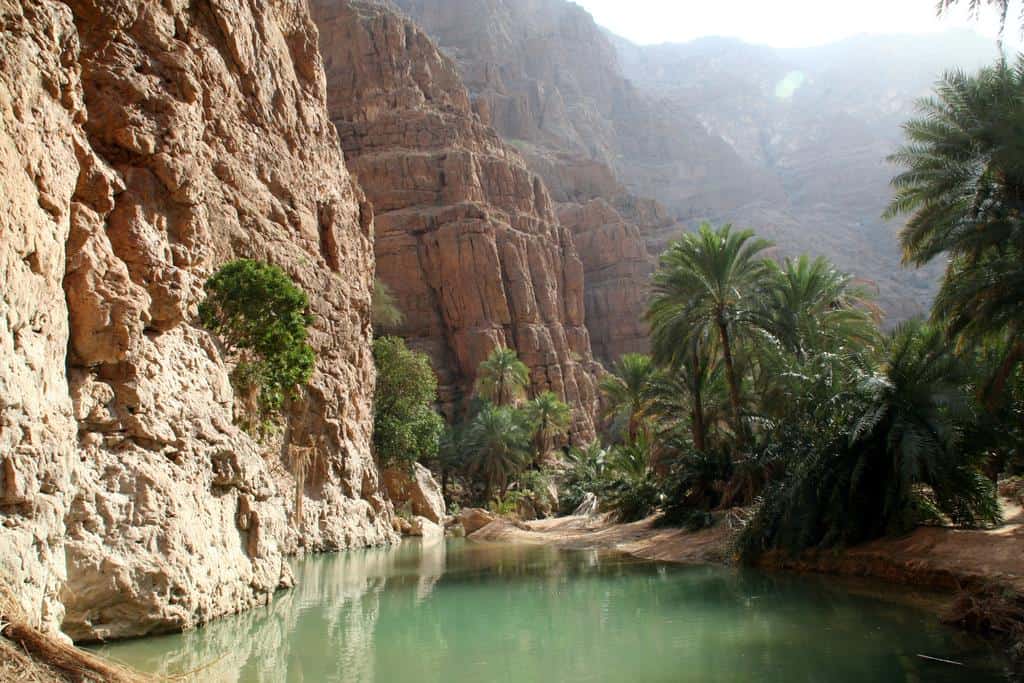
A committee involving MECA and MoT was formed earlier this year to prepare strategies and plans for the development of ecotourism in nature reserves across Oman, including standards for the protection and conservation of wildlife, heritage, natural resources, tourism diversity, and the exploitation of these resources in a sustainable way. The committee is reportedly looking to involve local communities.
Minister of Environment and Climate Affairs Mohammed bin Salim bin Said al Toobi said: “The sultanate is one of the first countries in the region to set environmental requirements for development projects as well as supporting sustainable development.”
In April, MoT revealed that investors had shown interest in developing a wildlife reserve in South Sharqiyah and a geological wonder in Al Wusta. A Kuwaiti investor wants to develop the Al Saleel Wildlife Reserve in the wilayat of Al Kamil W’al Wafi in South Sharqiyah. And a local investor is looking to develop the Rock Garden in Duqm, Al Wusta governorate.
Minister of Tourism Nasser bin Hamad al Mehrzi said these would represent the first private sector involvements in a nature reserve and an area of geological importance in Oman.

Arabian oryx (Oryx leucoryx) in the Dubai Desert Conservation Area, UAE. By CharlesJSharp (CC BY-SA 3.0) Wikimedia.
Oman has the unfortunate distinction of having the first site de-listed by the World Heritage Committee since UNESCO’s 1972 Convention concerning the Protection of the World Cultural and Natural Heritage entered into force. In June 2007, the Committee took the unprecedented decision to remove the Arabian Oryx Sanctuary, home to a rare antelope, from UNESCO’s World Heritage List. The site was de-listed because of Oman’s decision to reduce the size of the protected area by 90% in order to pursue “hydrocarbon prospection”.
The site was underperforming anyway. In 1996, the population of the Arabian oryx at the site was 450 but by 2007 it had dwindled to 65 with only four breeding pairs. This decline was due to poaching and habitat degradation. After extensive consultation with the State Party, the Committee felt that the unilateral decision to reduce the size of the Sanctuary would destroy the value and integrity of the property, which is also home to other endangered species including, the Arabian gazelle and the houbara bustard.
Sources: Muscat Daily, UNESCO.
Featured image: Wadi Shab, Oman. By Ian Sewell (CC BY 2.5) via Wikipedia.
Related posts


